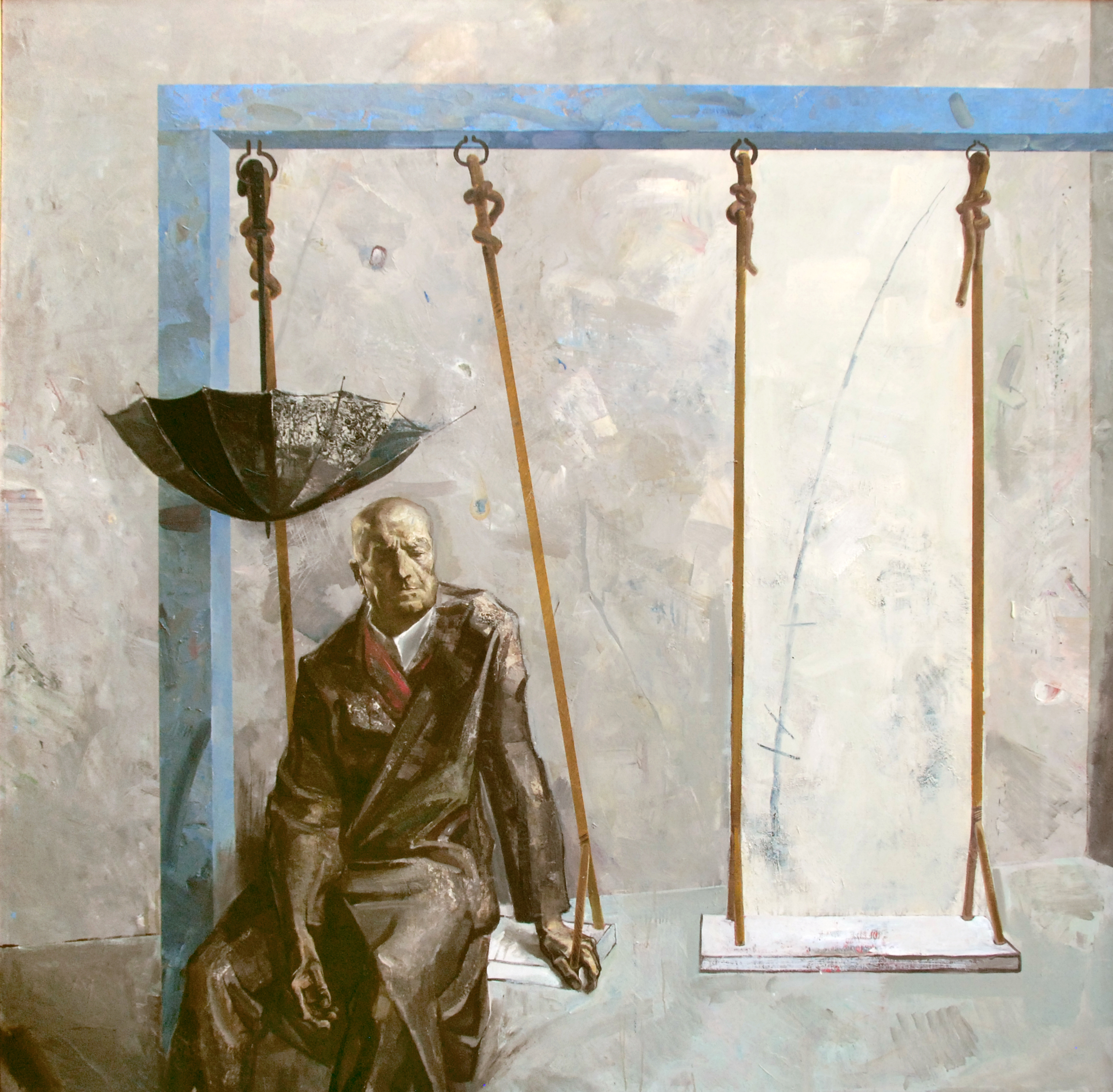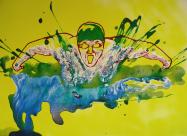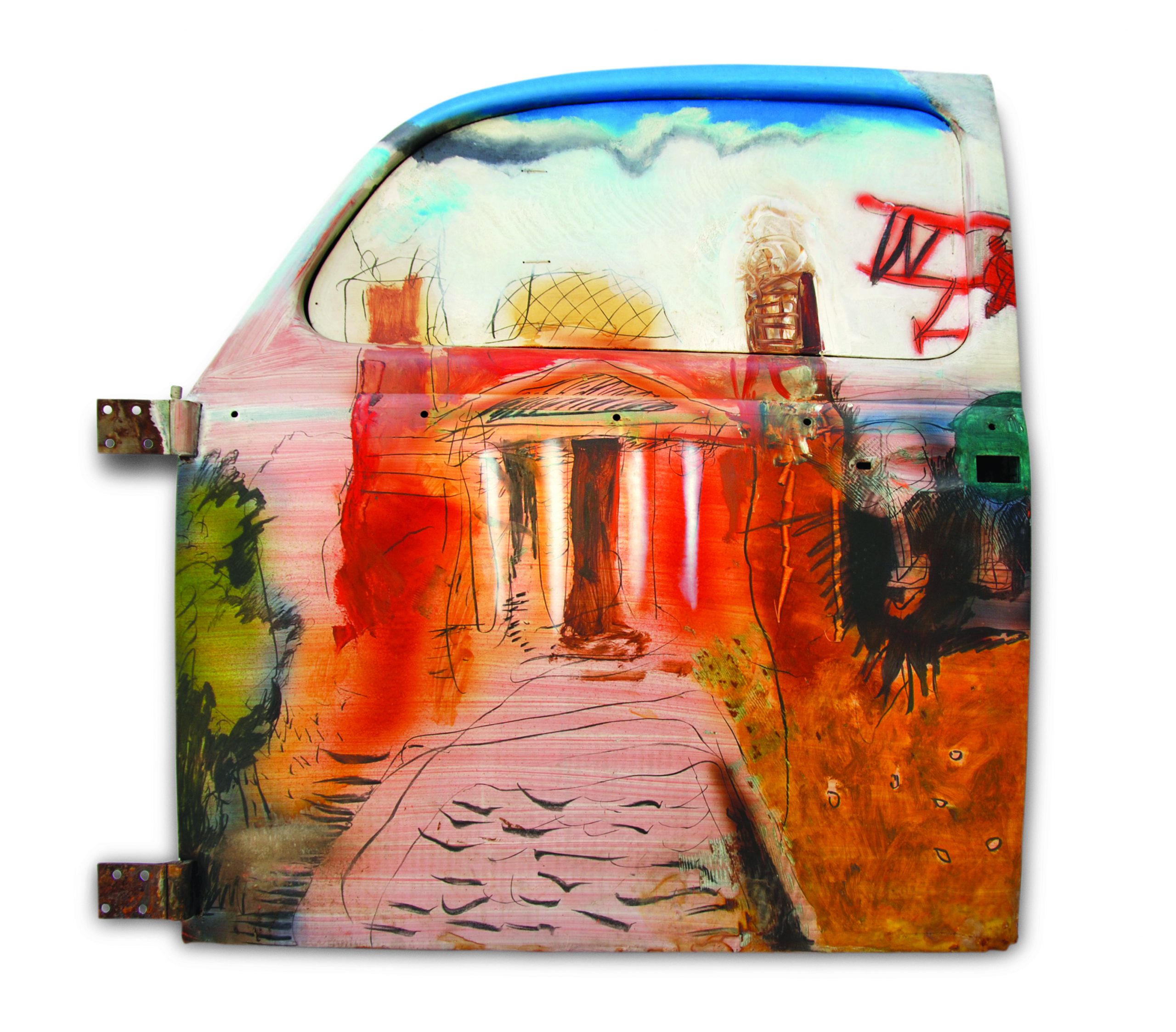COLLECTION
The collection of Sofia Art Gallery presents the Bulgarian art from the end of 19 c. to date. From the first academic artists before and after the Liberation, through the influences of the Impressionism, Symbolism and Secession, to the changes during the 1930s, the collection shows the beginning of secular art in the country in its entirety. The collections house works from the first years of the Socialist government after 1944, from the time of the cult of personality and the subsequent “détente“ in the beginning of the 1960s. The 1970s and 1980s are widely represented. In the last decade, the efforts of the team have been directed both towards the enrichment of the available collection and to the integration of the contemporary forms of art in the museum policy. The collection started in 1929 by the first curator Kosta Valev. It began as a collection of works by Sofia artists or mostly of works dedicated to the city’s history and present. Today, this is only one of the directions. The collections of the museum continue to receive works which mark the changes in the city. Another tendency, which has persevered since the very beginning and has developed over the years, is the collection of portraits of representatives of the intelligentsia and public figures. In 2008, following a serious collection campaign, the gallery presented to the public its collection of self-portraits of artists, consisting of over 200 works. Over the years, the completion of the collections has enjoyed different intensity. The establishment of the City Gallery as an independent institution in 1952 heightened the activity in this respect. The main source was the solo exhibitions, the group artistic exhibitions and the competitions whose subject was Sofia. The first one was announced in 1964, and the last one was organised in 1989. The most difficult was the period 1991-2007, in which the museum had no budget for preemptive purchases and relied only on donations. The collection is divided into four departments: Painting, Sculpture, Graphics, and Contemporary Art and Photography. The latter is the newest one and was established in 2004 in response to the occurring changes in art and the artistic life. The collection of SAG is representative of the development of the Bulgarian art from the end of 19 c. to date. It covers all periods, tends, styles and names. This is evidenced by the “Possible History” project, realised in 2012-2013. The research is based on the museum collection and is the first attempt to provide another viewpoint on the history of art after the changes in 1989.







